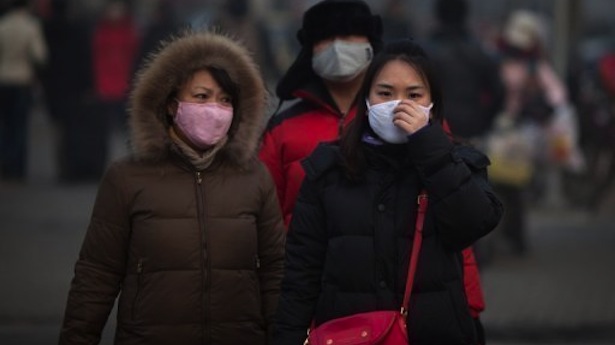Big Data Analytics Can Help Beijing Cut Through The Smog
China faces a growing air pollution problem — one of the consequences of its significant economic growth over the past two decades. Surrounded by a large number of coal-burning factories in Hebei province, Beijing faces ever-worsening smog. To tackle this problem, city government has implemented new policies and laws, such as the Beijing Air Pollution Control Regulations, that provide guidance to technology vendors developing smog control solutions.

Source: AFP
Optimized Energy Management Is The Key To Reducing Air Pollution
Beijing’s government is focusing on air quality monitoring and has invited tech vendors like Baidu, IZP Technologies, and Yonyou to develop solutions. The city wants to show the source of pollutants and how they will disperse across Beijing a couple of days in advance — but that doesn’t do anything to reduce the smog itself. Rather, the key to reducing air pollution is changing how China consumes energy. For example, the government could use big data analytics to:
- Optimize factories’ energy consumption. Asset-intensive industries like steel, cement, and chemicals face challenges in analyzing the vast amounts of data generated by energy-monitoring sensors and devices. Tech vendors like Cisco and IBM could leverage their Internet of Things data analysis technology to help customers turn this data into actionable insights. For example, one steel factory in Hebei province is considering technology that identifies when an oxygen furnace is wasting energy because the temperature of the output smoke is too high.
- Predict the amount of available renewable energy. The two largest suppliers of electrical power, State Grid and China Southern Grid, are prioritizing the development of alternative energy sources, especially renewables like wind and solar. But it’s difficult for them to predict how much renewable energy they will generate — predictions that are based on real-time analysis of data like cloud movements, wind speed, wind direction, and temperature. But it can be done: the State Grid Jibei Electricity Power Company in Hebei province used IBM’s Hybrid Renewable Energy Forecasting solution to integrate 10% more energy from renewable sources and reduce coal consumption by about 4,000 tons per month.
The Beijing city government plans to invest more than US$30 billion in air quality control in the next five years and has promised to reduce particulate matter to less than 60 mg/m3 by 2017, which represents a 33% reduction from average 2013 levels. Monitoring could be the first step, but smog reduction must focus on optimizing both energy generation and consumption. If Beijing succeeds, it could be appealing to other cities struggling with air pollution.
If you have questions about how the various levels of government in China use big data analytics to reduce pollution, please contact us.